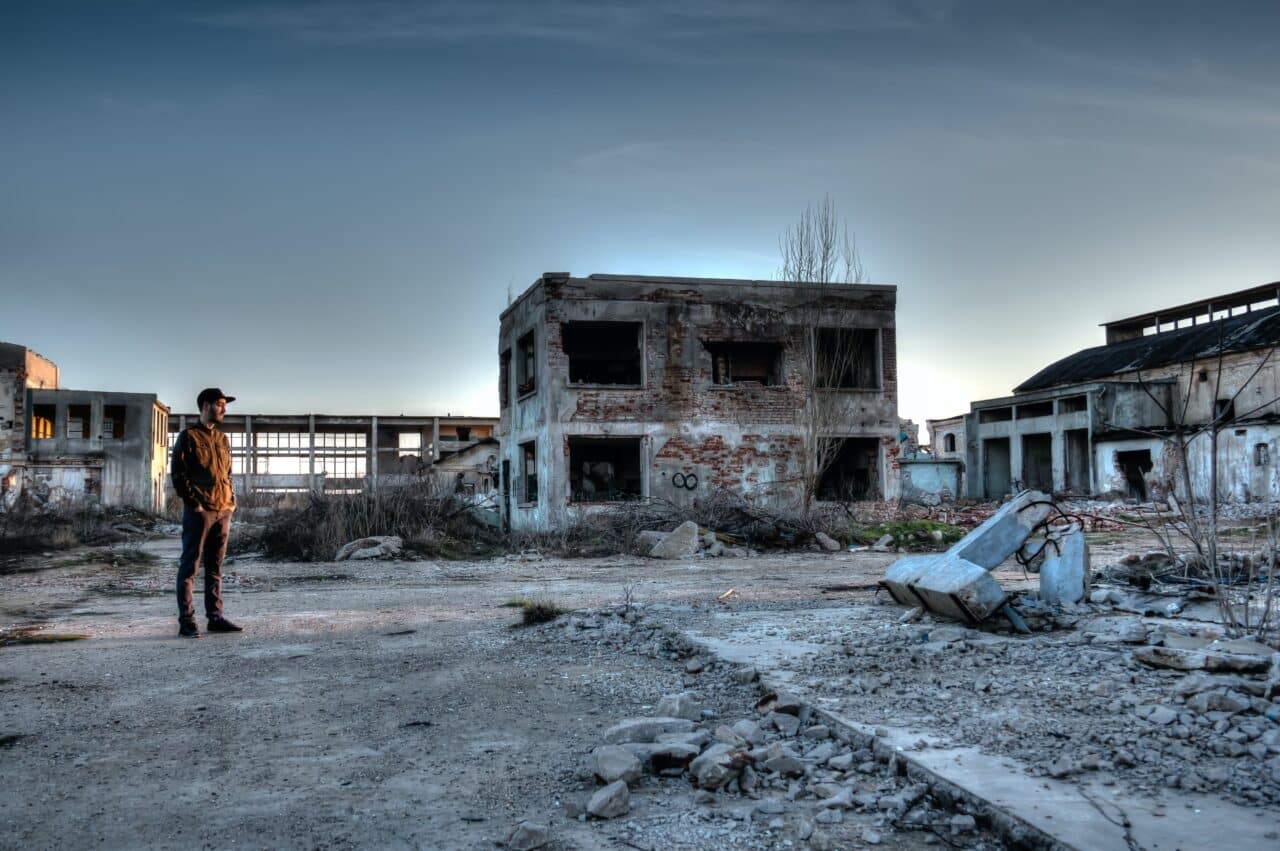
As a science fiction author and an avid book reviewer, I frequently encounter the question: “Is dystopian sci-fi the same as science fiction?”
The answer is not as simple as you may think. Dystopian fiction is indeed a subgenre of science fiction, but not every science fiction piece is dystopian. Let’s dive into this fascinating subgenre!
Is Dystopian Sci-Fi? The Subgenre Explained
Dystopian literature features a society that is in some way undesirable or frightening to live in. (This is the opposite of a utopia, which is a perfect society). These stories are typically set in a future where:
- The people who live in the society are oppressed
- Catastrophic events have reshaped society
These pieces often serve as cautionary tales. While they fall under the broad umbrella of sci-fi, they have distinct qualities.
Qualities that Make a Book Dystopian:
- Oppressive Societal Control: A government or other entity has excessive control over the population, often portrayed as a totalitarian or authoritarian regime.
- Post-Apocalyptic Settings: Many dystopian stories are set in worlds that have experienced a cataclysmic event, leading to a drastic change in society.
- Themes of Rebellion and Resistance: Characters often fight against the controlling powers, providing a narrative of hope and freedom.
Three Must-Read Examples of Dystopian Fiction:
- “The Hunger Games” by Suzanne Collins: This modern classic revolves around a post-apocalyptic world where a dictatorial regime controls the population through a brutal, televised game.
- “Brave New World” by Aldous Huxley: A seminal work in dystopian literature, it presents a future society obsessed with efficiency and technological control, where human emotions and individuality are suppressed.
- Works by Margaret Atwood: Renowned for her contributions to dystopian literature, Atwood’s novels, like “The Handmaid’s Tale,” often explore themes of oppressive societies and the fight for individual autonomy.

Leave a Reply